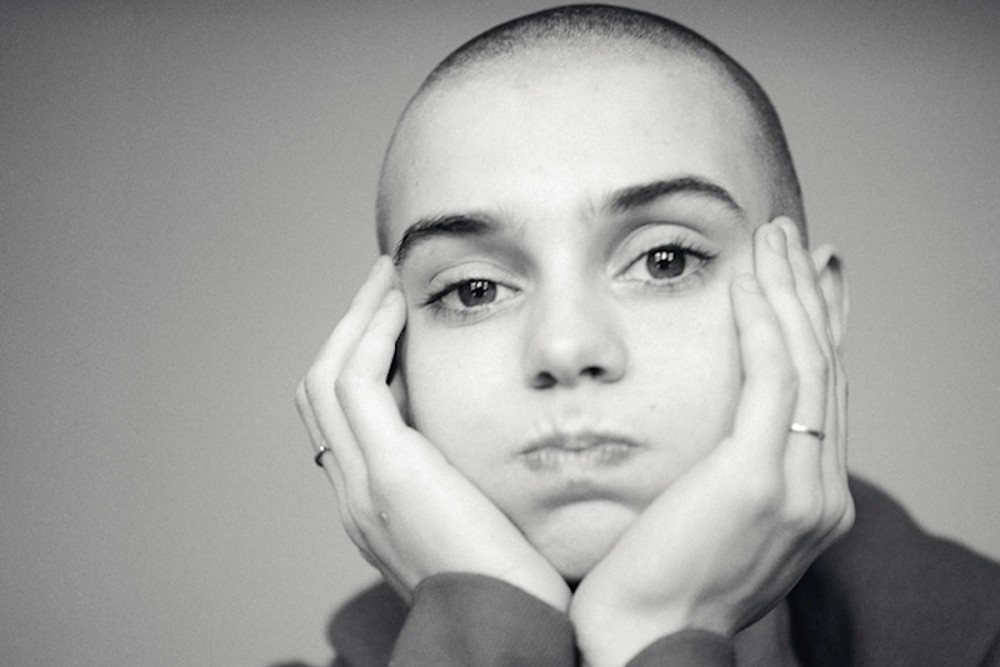Is Sinéad O’Connor a secular saint?
A new documentary positions the fiery iconoclast as a prophet ahead of her time.

When record executives urged Sinéad O’Connor to grow her hair long and wear more feminine clothing, she shaved her head instead. Ironically, this only accentuated her ethereal features—it made her look iconic. According to legend, St. Clare of Assisi shocked her family by shaving her beautiful long hair to follow St. Francis in a life of poverty and service. St. Clare is offered up to Catholic girls as a model of the rejection of vanity and worldly status.
When the same record execs urged O’Connor to abort her pregnancy, saying that a child would interfere with her ability to tour and promote her first record, she refused. She wore cropped shirts to reveal her pregnant belly to fans and critics. St. Gianna Molla refused an abortion, and she is honored as the patroness of the unborn, a Catholic pro-life movement icon.
When O’Connor sang an a cappella version of Bob Marley’s “War” on Saturday Night Live and tore up a picture of Pope John Paul II as an act of protest against child sexual abuse in the Catholic Church, she urged those watching to “fight the real enemy.” St. Catherine of Siena, who hurled herself at the corruption of the church in her own time, scolded the pope and called powerful clergy “agents of Satan.” She’s a doctor of the church.




